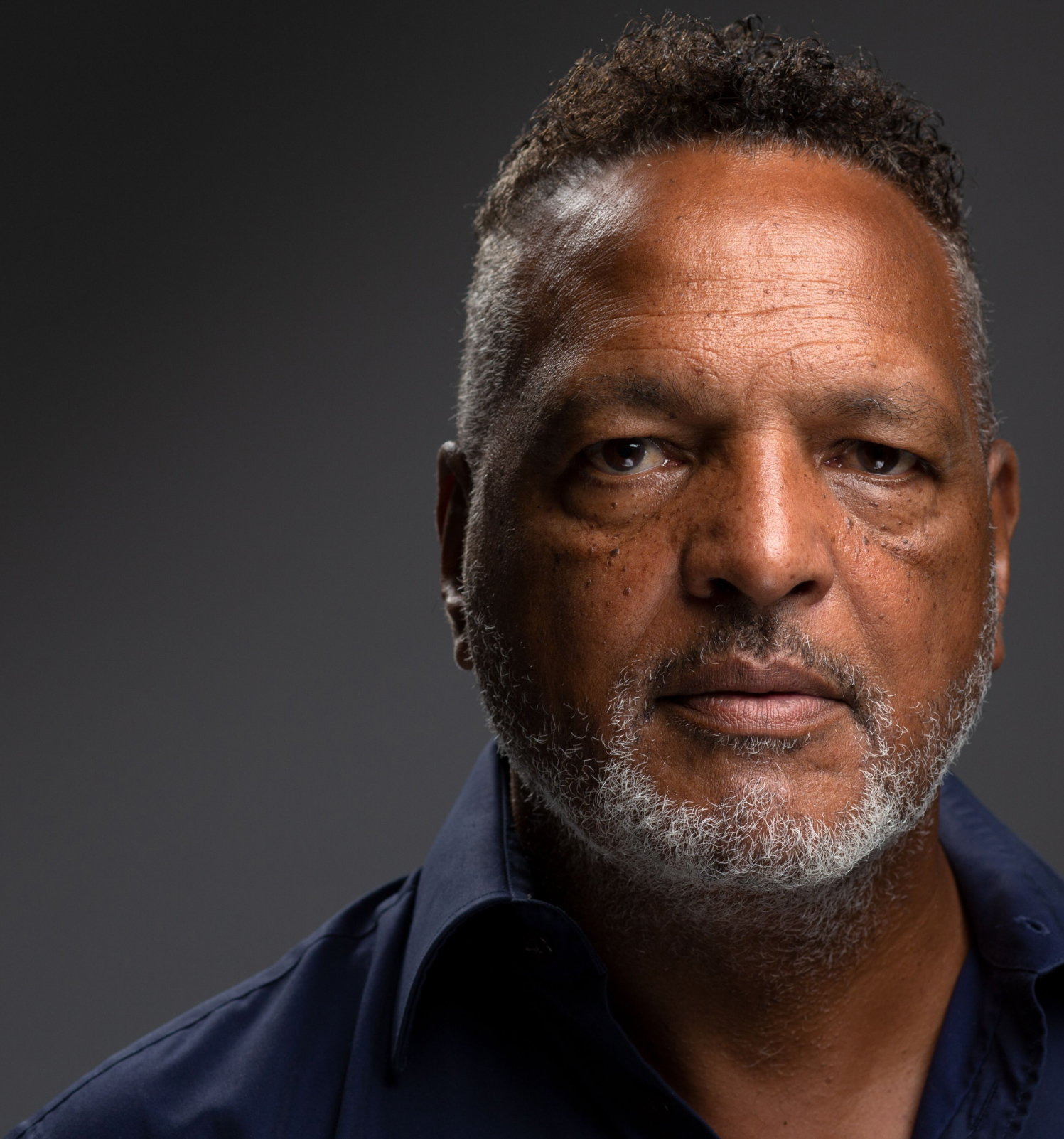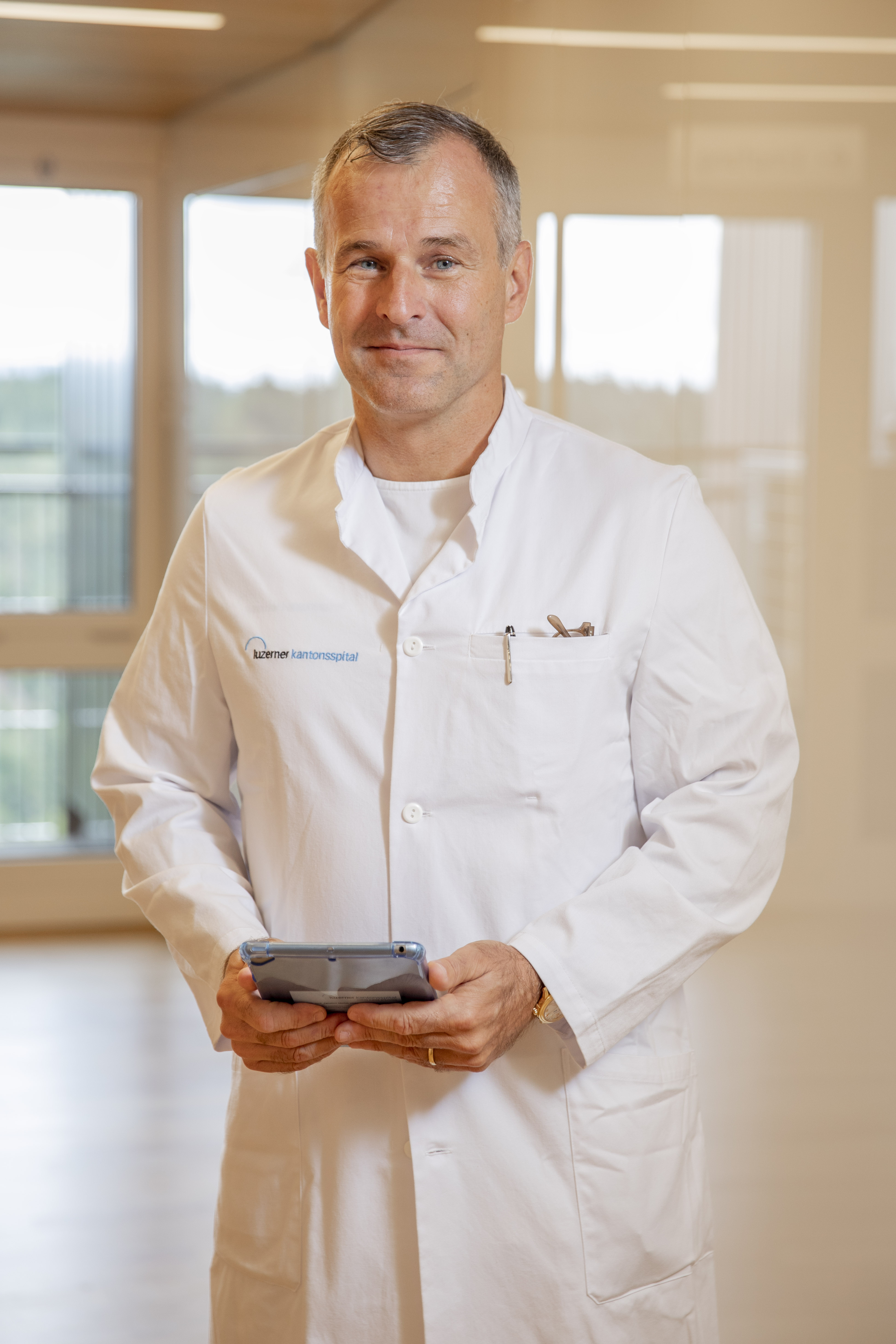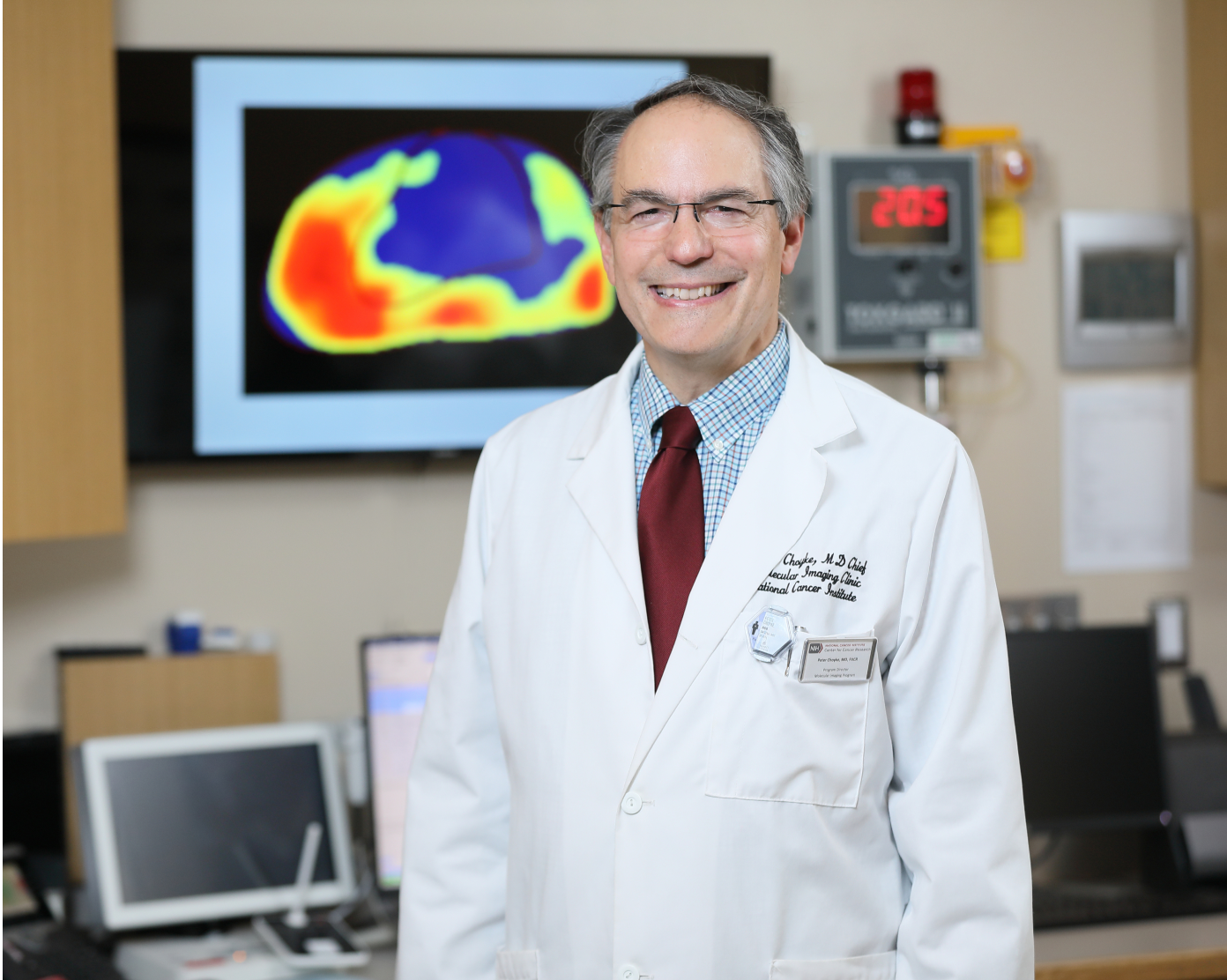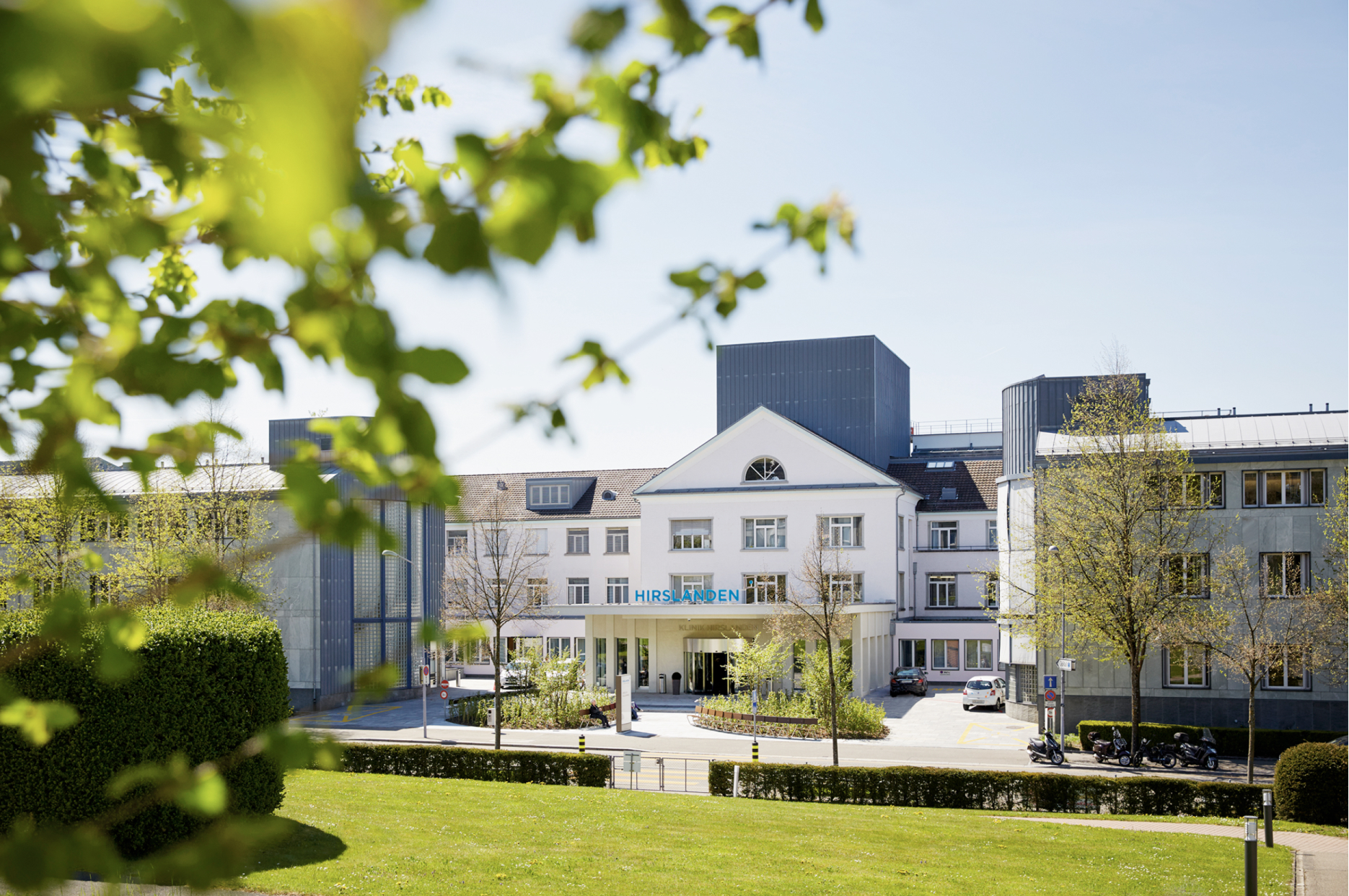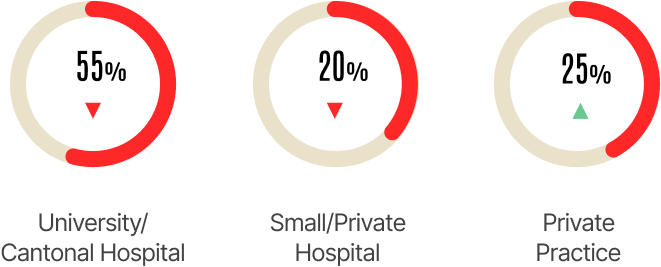On his 60th birthday he said in an interview: «I believe in fate.» At that time he had no idea cancer was waiting around the corner. What lesson had fate planned for Urs Althaus? Today, at 66, he says in an interview with «Digest»: «Prostate cancer changed me.»
Althaus spent a large part of these 66 years in an industry of external appearances: as a model for Armani and Calvin Klein. As an agent for supermodels such as Kate Moss and Diane Kruger. As an action actor too, in testosterone-bursting films like «War Bus». Whoever wants to stay on top in this industry cultivates an image of vitality and health. «A word like cancer sticks with you,» Urs Althaus knows, «and an illness reduces the market value.» Illnesses are hushed up. Men keep prostate problems to themselves.
His managers also recommended not making the prostate surgery public. «Now I said to myself, offers for roles as hunky lovers won’t come anymore anyway, and if my story helps someone, then I’ll tell it.»

Swiss-born Urs Althaus, seen here modeling for Calvin Klein, was the first top black dressman. © Arthur Elgort
An accidental discovery
At the annual examination, his family doctor determined a PSA (Prostate-Specific Antigen) value of 6.4 ng/ml, with a value above 4 ng/ml generally being considered to be elevated and to be clarified. However, the grey area is large. The urology examination at the canton hospital in Altdorf found no signs of cancer. The next examination, however, already showed a PSA value of 11.1 ng/ml – and this time the result was clear: prostate cancer. The Uro-Oncology Center at LUKS (Lucerne Cantonal Hospital), the cantonal hospital in Lucerne, is highly specialized in the treatment of prostate neoplasms.
«I didn’t want an operation»
Althaus often likes to let his gaze glance over Lake Uri, which for him has always been a primal force and is the origin of many Swiss legends. He grew up in Altdorf as the illegitimate child of a Swiss woman and a Nigerian medical student. He has returned to these roots after many busy years of wandering. As he aimlessly followed the shore on the day of his diagnosis, the mystical lake was churned up by the foehn. The irony suddenly became clear to the him: «I had survived my drug addiction. I hadn’t contracted AIDS in the years I’d been dating men, while many of my friends died from it. Twice I’ve been seriously beaten up by neo-Nazis. And now I should die of cancer?».
According to current knowledge, lifestyle has an influence on the chances of surviving prostate cancer: smoking, eating and drinking habits. He didn’t think about that. «I didn’t want to regret anything.»
If the cancer cells could spread, it would usually be to the bones or lymph nodes. Fatally, he thought to himself: We all have to die. He had already lived the lives of three men, experienced all the ups and downs. «My record was balanced. That’s why I didn’t want to undergo surgery at first, nor did I want to expose myself to chemotherapy and radiotherapy.»
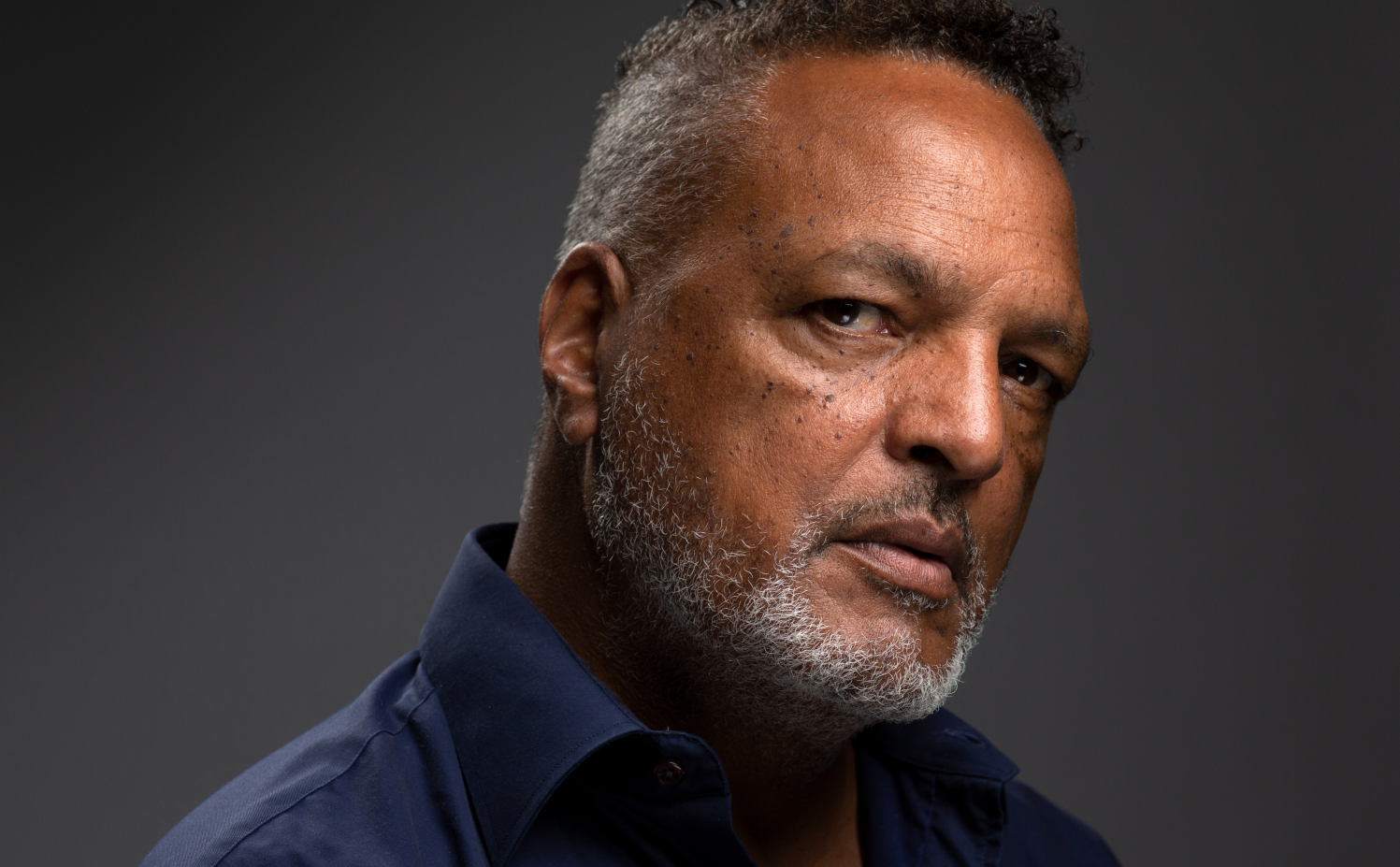
Today, Urs Althaus is also involved as a speaker for special endorsements and as a campaign ambassador. © Simon Michel
Man’s ego
Although he knew little about this cancer type and didn’t google it, he was aware that men fear the operation because it changes their sex life. And that it would not leave the man’s ego untouched. At a young age he played for FC Zurich (which would lead to the role of footballer Aristoteles in the still popular Italian cult film), and «if you stepped naked into the shower with the other men, then it was really important to compare to see if everything was in the right place.»
Because of such reservations, he asked his urologist flat out, how long he could survive without surgery.
Decision for radical prostatectomy
It took Urs Althaus a week to give his consent. He also came to the conclusion that the entire prostate should be removed. In a radical prostatectomy, the entire prostate and the surrounding lymph nodes are surgically removed – which leads to infertility. Nerves and blood vessels that supply the penis are important for the ability to have an erection are close to the prostate, which is why affected men are usually no longer able to have a spontaneous erection.
«My partner Esti and I talked quite openly about these consequences. She left the decision to me. Luckily all the doctors had a sense of humor, so we kept coming back to not interfering with the length of my weenie.»
Even more uncertainties
When setting the surgery date, the actor argued that it should take into account the starting date of the TV series «Oktoberfest: Beer & Blood» in June: so could he go under the knife in May? At LUKS he was told straight out: «We have a waiting list. If you want special treatment, you’d better have surgery in Dubai.»
Surprisingly, the desired date suddenly became a possibility, another operation got cancelled. «How spontaneous are you, Mr. Althaus?» He was very spontaneous – as long as he could still take up his invitation to Zurich’s Sechseläuten, because it only comes once in a lifetime! He knew LUKS from an earlier occasion: He was on the operating table with severe facial injuries, beaten up by racists. A double fracture of the jaw, the tongue sewn twice – a difficult operation, yet it maintained his ability to talk.
Now he re-entered LUKS at 6 o’clock in the morning, with the Sechseläuten under his belt. But instead of the expected urologist, a doctor appeared who introduced himself to him in broad Valaisian dialect as Agostino Mattei. «I’d like to exploit the rare opportunity to operate on Urs Althaus myself,» he explained. «Since Uri and Valais get along well, I immediately agreed,» Althaus recalls this first encounter.
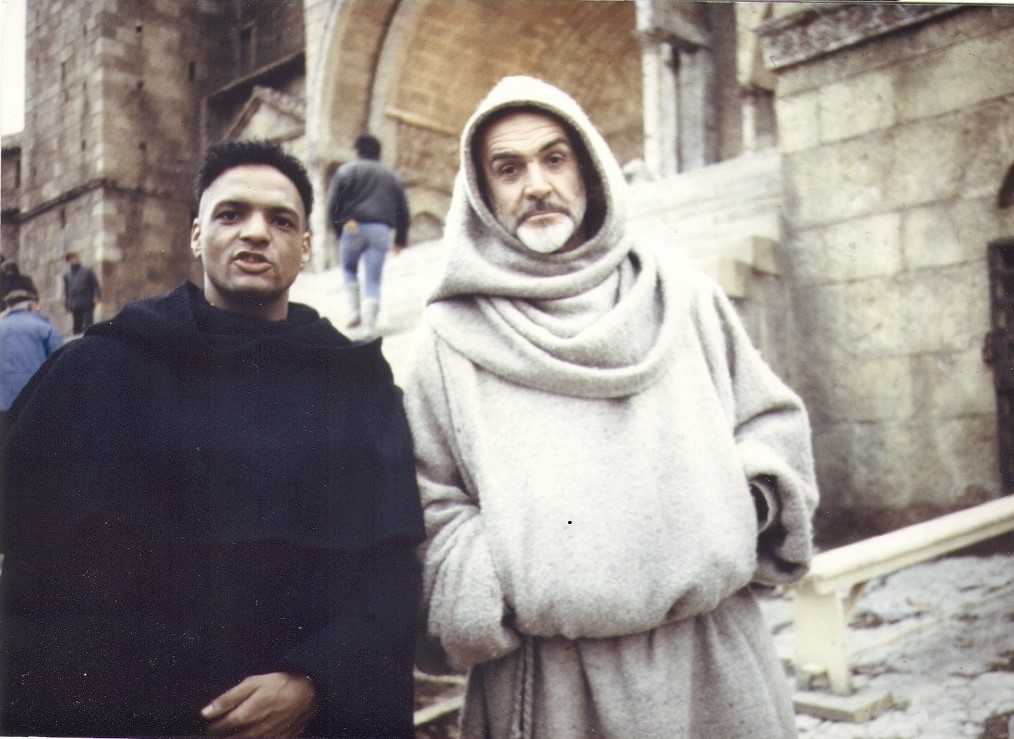
Breakthrough part in 1986’ as a monk whose murder is investigated by Sean Connery. «The Name of the Rose» grossed 77 millions worldwide. © Althaus Medien
«You are healed»
The next time he saw Mattei during the chief physician’s visit, he was surrounded by half a dozen doctors who respectfully addressed him as «Herr Professor». «It was only then that it dawned on me that I was lucky enough to have been operated on by a luminary in this field and a pioneer of the robot-assisted keyhole-surgery!»
The chief physician of the urology clinic was able to explain to him that the operation went well: «He thought I was still too young to lose my fertility.» And so he told his patient that he had removed all of the cancer – 17 different cancer foci – but not the entire prostate, which meant that chemotherapy and radiation therapy were no longer necessary.
After five days he was discharged from the hospital. He was able to start filming the German TV-series in Prague.
«My managers advised me not to publicize the cancer. They also didn’t want to take any risks with the insurance, it was an expensive production.»
The shame of incontinence
During the filming he had to wear diapers. «I only confided in the makeup artist.» What does that do to a man’s pride? «A very central question,» Althaus thinks, because «as a black man you always have this image of potency, we are often asked whether we are really that well endowed. We are – wrongly – considered stereotypes of sexuality.» That's a cliché that Urs Althaus would have liked to have done without all his life – and that now weighed on him even more.
«No one should know about my surgery. I didn’t want people to see me in this condition.»
Every second man subsequently has problems with incontinence. But even this was spared him in the long term.
When he was still on the cat walks for top designers, he was a role model with a flawless body. Now he turned down an offer for a part in a good film because there was a nude scene in the script.

Black men’s sexuality was always an issue, especially back in his days on the catwalk. © Althaus Medien
The new insight
Finally, he noticed that friends confided in him about their prostate. Very secretly, never in front of their partner. «I realized it’s a taboo subject that isn’t talked about publicly. I now belonged, so to speak, to the circle of initiates.»
The rethinking took time. He never set out to break taboos. But he never avoided them either. «I, the Negro» is the provocative title of his bestselling biography. But he was also the first black model on the cover of the renowned US magazine «GQ». Speaking on behalf of minorities led to engagements as a spokesperson for Special Endorsements. A journalist from an Italian newspaper, covering the launch of his biography in Italian, asked him in confidence if the rumors were true. «I didn’t peddle it, but I didn’t try to hide it either. He asked me to be allowed to write about it – in Italy the masculinity obsession would prevent any discussion about prostate cancer prevention. But even in my home country, Switzerland, people only talk about it behind closed doors.»

In 1977, he became the first black model on the cover of the renowned US magazine «GQ». © Althaus Medien
«The New Urs»
Yes, his sex life is affected, he openly admits today. Follow-up treatment could correct that, but Althaus dismisses it. «I live in a wonderful relationship built on love and friendship. Activating my sex life is not important enough to me.» He is considered cancer-free, and he is grateful for that.
Of course, the limitations in sex sometimes gnaw at a man's ego (at present, the text ends here). With the right partner, Althaus continues, that's not a problem. «I found myself,» Urs Althaus sums up positively and smiles mysteriously. For the first time in his eventful life, he is calm himself. «My environment tells me that too. This is a whole new Urs! I think my operation got rid of some old baggage.»
